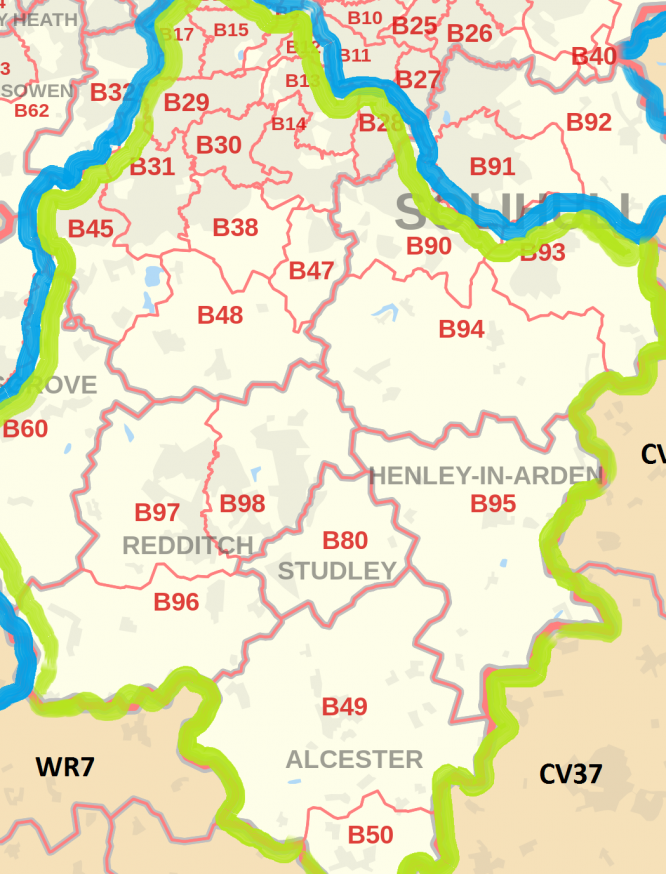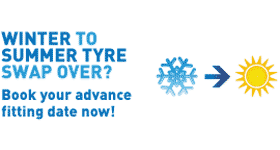Just passed driving test.
It must be a great feeling when you pass your driving test, mine was so long ago I've almost forgot. At last, you can drive alone and be independent, a whole new world opens up before you. Umm however, there is much truth in the adage that you really learn to drive after you've passed your test. Driving on motorways, filling up with fuel, managing multi-storey car parks are just a few things that you don't necessarily learn on your driving lessons. Road rage too is now ever on the increase.
So with my daughter having just passed her driving test it got me to thinking, What do they test for in this day and age ?
When it comes to tyre safety, there are a couple of "tell me how" questions in the vehicle maintenance section of the practical driving test, yet a survey of 1,000 young drivers carried out by TyreSafe and ingenie - specialist insurers of young and new drivers - highlighted a concerning lack of knowledge in this area.
One third of young drivers had never checked their tyre tread depth, one quarter had never checked their tyre pressures and almost one half revealed that they had never been shown how to check their tyre condition.
Well as I am fully aware of these things I did in-fact take my daughter through several tyre observation sessions where we checked these items out and made adjustments too.
Tyres are the only part of the car that has contact with the road, they can lose pressure gradually for various reasons so they may need a top up every so often, remember correctly inflated tyres will also save fuel, which for a new driver comes in handy with all the other inflated costs.

Tyre Safety Checks
There are three key checks to make to ensure tyre safety: tyre pressure, tyre tread depth and overall condition. These should be made each month, and before long journeys, or get into the habit of checking them each time you fill up.
Let's look at the checks in more detail:
Tyre pressure
You can go to your local petrol station to check your tyre pressure by using the tyre pressure gauge. You'll find the recommended pressure measured in PSI/BAR in your car manual, inside the fuel tank cover or inside the ledge of the driver's door. Some garage forecourts may even have a chart on display.
It's best to check your tyre pressure when the tyres are cold i.e. when the car hasn't been driven for a while, so you get a more accurate reading.
What affects tyre pressure? Correct tyre pressure is related to load, speed and the way you drive. There may be two pressures in your car manual - one for normal use and one for when your car is weighed down with passengers and luggage. Bear this in mind and adjust your tyre pressure accordingly, especially if you are loading up for a long journey.
Note that under-inflation and over-inflation each cause their own problems, so avoid them both.
It only takes five minutes to check your tyre pressure. Most petrol stations have a pressure station where you can check and top up tyre pressure. Drive up to the area marked "Air" on the forecourt and park there. You'll most likely need some money for the machine 20p or so, enter the tyre pressure you want and press the + or - button to select it. Take off your valve caps and work your way around the car with the nozzle (known as the regulator).
Put the nozzle onto each valve then wait a couple of seconds while it checks the pressure. If your tyre isn't up to the level it should be, the regulator will automatically fill or deflate the tyre to the level you put in the machine and then it will beep when it's done. Make sure you put all your valve caps back on tightly. If your garage is still using a manual gauge you will need to press or depress the trigger to adjust the air in the tyre.
Tyre tread depth - always remember to check the tread depth on each tyre. The minimum depth is 1.6mm and you can easily test this by using a 20p coin (the rim is exactly 1.6mm). Place the coin into the tread, if you can see the rim of the coin then the tyre is approaching the legal minimum tread depth and you should consider replacement. You need to check across the full width of the tyre as you may find edge wear has lowered your tread depth in different places, but that's another blog.
Overall condition - check tyres for any exterior damage such as bulges, cracks or flat spots. Such damage could cause rapid deflation or MOT failure.
The Penalties
Another area where the surveyed young drivers showed a lack of awareness was in the penalties for driving with illegal tyres.
- 85% underestimated the fine for each illegal tyre while driving
- 62% underestimated the minimum legal tread depth for a tyre
- 57% didn't know that the driver is responsible for road legal tyres
For each illegal tyre you could face three points on your licence and a maximum fine of £2,500 per tyre. If you receive six points in your first two years of driving, your licence gets revoked and you will have to retake your theory and practical tests. So, you could lose your licence for being caught with two illegal tyres.
Of course, these penalties alone should act as a deterrent but the safety of drivers, passengers and other road users has to be the ultimate reason for keeping tyre safe.
If in doubt give me 0121 514 7176 or the office 0333 444 5454 a call, we can give you some advice or I may even be in a location close to you and be in a position to pop over for a free YES free check and awareness session. So if your based in South Birmingham, Solihull, Redditch, amongst others what you waiting for call now or send over a picture to www.hometyre.co.uk









HometyreGroup
Join the conversation
on Twitter
Follow us